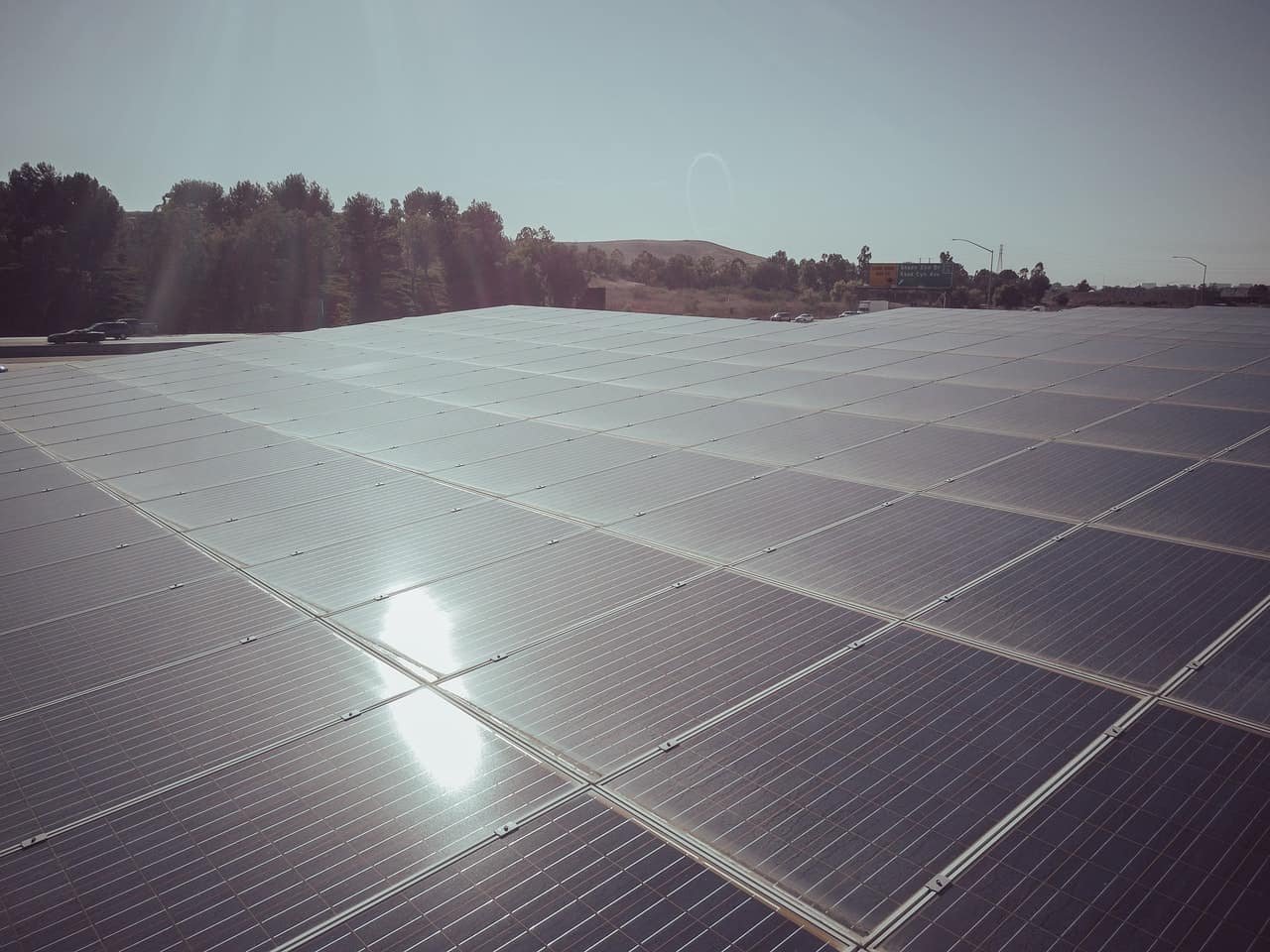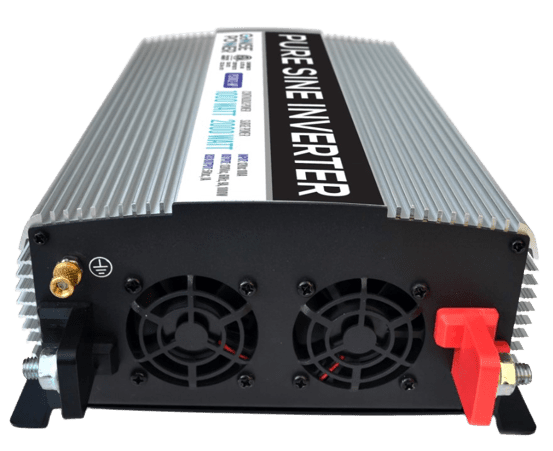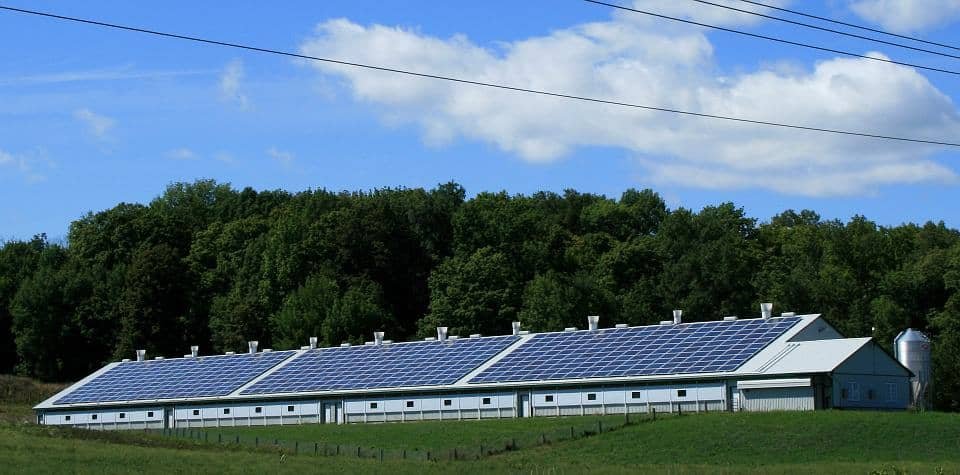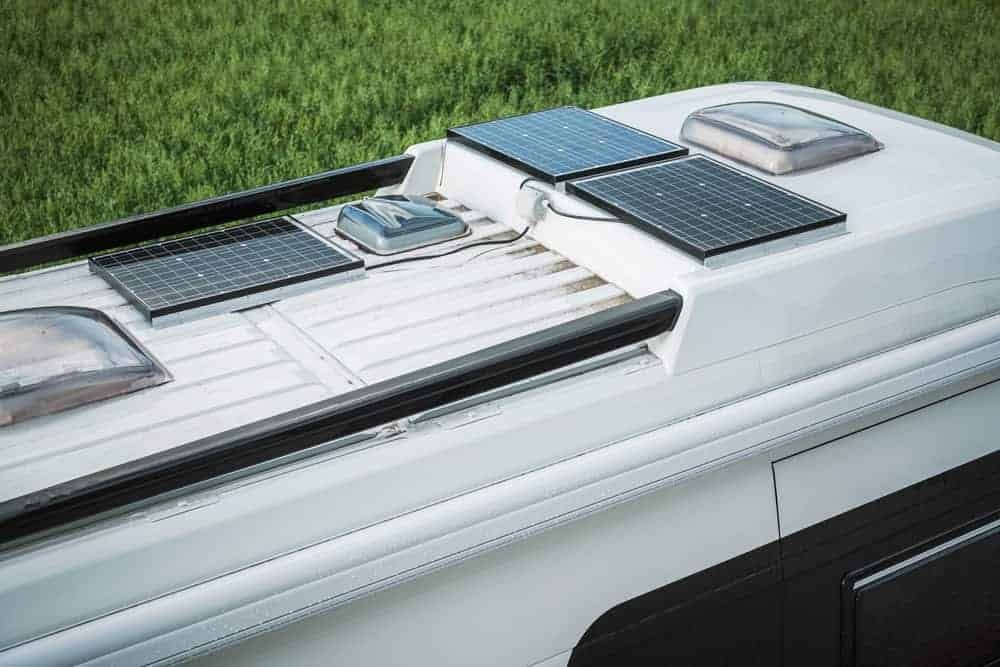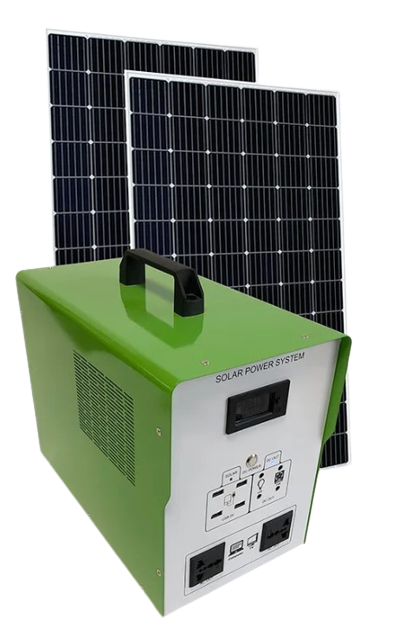Invisible solar panels sound like something out of a science-fiction novel. However, as of 2022, they are becoming something you can find in the real world. Japan and Switzerland are coming up with solar panels that are transparent and have a lot of potential.
While there is still a lot of growth that needs to happen to make these common in residential areas, it is showing a step towards solar panels being a standard part of homes.
What Are Invisible/Transparent Solar Panels?
It may seem impossible, but invisible/transparent solar panels are exactly as the name suggests. These panels look like glass and are completely clear.
It is the hope that one day, these panels will replace anything glass. This provides two benefits, where they would work as standard glass does, and also as energy producers. While right now, these panels only work at 2 to 5 percent efficiency, with the number of panels in the world, and just in the US alone, it could potentially provide a lot of passive power.

Right now, the focus is on replacing standard home and office windows to provide passive power, but this isn’t all. There is a lot of potential with these panels. They could be applied to anything that traditionally uses glass. This includes car windows and even other electronics.
Any time these objects are getting light, they can produce power. In electronics, this provides the potential to charge the device a little every time it is in sun and extend the lifespan until it has to be plugged in to charge. This could also make solar outdoor items like lights and wind-chimes more efficient and attractive-looking than they are at the moment.
How Do They Work?
Traditional solar panels trap the light that the sun provides. However, these invisible solar panels work in a different way. Instead of trapping the light and then converting as much of the light as they can into usable energy, they convert energy that passes through them. (1)
This allows these panels to be used anywhere glass is currently. Specifically, the goal is to use them to replace traditional glass windows to allow for a little extra solar energy without much effort or change to the home.
A wire is connected to the invisible solar panels, which then connects to your home’s wiring and provides electricity. At the moment, the panels are fairly small, measuring about 14 by 20 inches. However, there is work to make bigger panels.
At the moment, unfortunately, they are very inefficient. At best, they are producing at about 2 percent efficiency, compared to about 25 percent efficiency of some other residential solar panels.
This is a pretty small amount and may not seem practical at first. But when you think about how many windows are in the United States alone and the amount of passive power that can be created by swapping regular glass for clear solar panels, you can start to see the potential. (2)
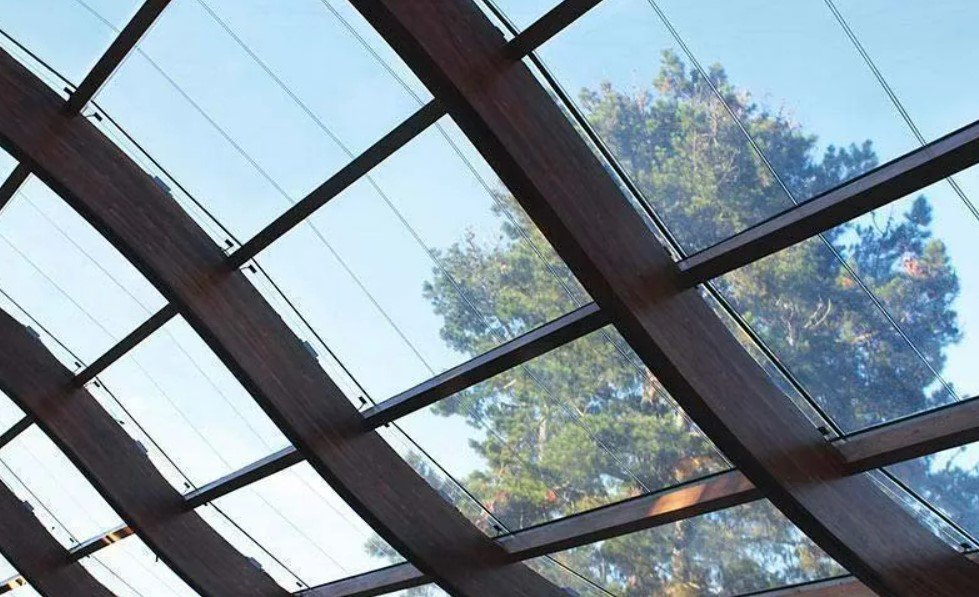
It will likely be quite a while before invisible solar panels are created for residential use. Right now, the focus is on office buildings where there are hundreds if not thousands of glass panels that could generate power for the building and offset some of their utility costs.
Pros and Cons
Pros
- Looks nicer (3)
- Can fill a niche and be used passively
- Can be used anywhere with a window, including homes and cars
- Allows in light (4)
- Can allow more energy from solar without taking up space or being intrusive (5)
- Transparent solar alone has the potential to provide 40 percent of the energy demand in the US
- Could potentially be used on electronics as well, like phones and computers, to power them as they are being used
- Fulfills two purposes, which makes them more environmentally friendly
Cons
- Can be almost 40 percent more expensive than regular glass windows
- Aren’t very effective only having about 2 percent efficiency
- Aren’t widely available now
- Likely won’t ever have a high efficiency
- Fragile
- Not currently set up for mass production
Related Articles:
When Are Invisible/Transparent Solar Panels Better Than Other Panels?
Unfortunately, right now, it isn’t a question of whether or not you want to use these panels. While they have been created in the last few years, their slow production and high cost don’t lend themselves to something you can go and pick up right away.
However, in the future, they may be widely available. At that point, it won’t be a question of whether you should get these panels or a different kind of panel, because you would be able to get both.
Because these panels replace glass, you could simply get them when it was time to replace windows or when you are redecorating. At some point, they may be so common that all new builds come with these instead of traditional glass automatically.
Since they don’t compete with other solar panels for space and maximum sun, there is no reason except your budget that you couldn’t get these and your regular solar panels. Traditional solar panels are best for getting a high amount of solar as they are placed at ideal locations and angles, and have much higher efficiency.
However, these panels can provide a little bit of solar energy throughout the day as a boost to your overall energy production, further reducing your utility costs. Since they are mostly invisible and don’t need as many precious building materials, they may even have the potential to last a lot longer than traditional solar panels.
Citations
- MSU News. (2017, October 23). See-through solar technology represents ‘wave of the future’ Video by Richard R. Lunt. YouTube. https://www.youtube.com/watch?v=2TWq7WbwbFg&feature=youtu.be
- Transparent solar technology represents ‘wave of the future’ (2017, October 23). MSUToday | Michigan State University. https://msutoday.msu.edu/news/2017/transparent-solar-technology-represents-wave-of-the-future
- Lee, K., Um, H., Choi, D., Park, J., Kim, N., Kim, H., & Seo, K. (2020). The Development of Transparent Photovoltaics. Cell Reports Physical Science, 1(8), 100143. https://www.sciencedirect.com/science/article/pii/S2666386420301478
- Meng, R., Jiang, Q., & Liu, D. (2022). Balancing efficiency and transparency in organic transparent photovoltaics. Npj Flexible Electronics, 6(1). https://www.nature.com/articles/s41528-022-00173-9
- Quarterly Solar Industry Update. (n.d.). Energy.gov. https://www.energy.gov/eere/solar/quarterly-solar-industry-update

